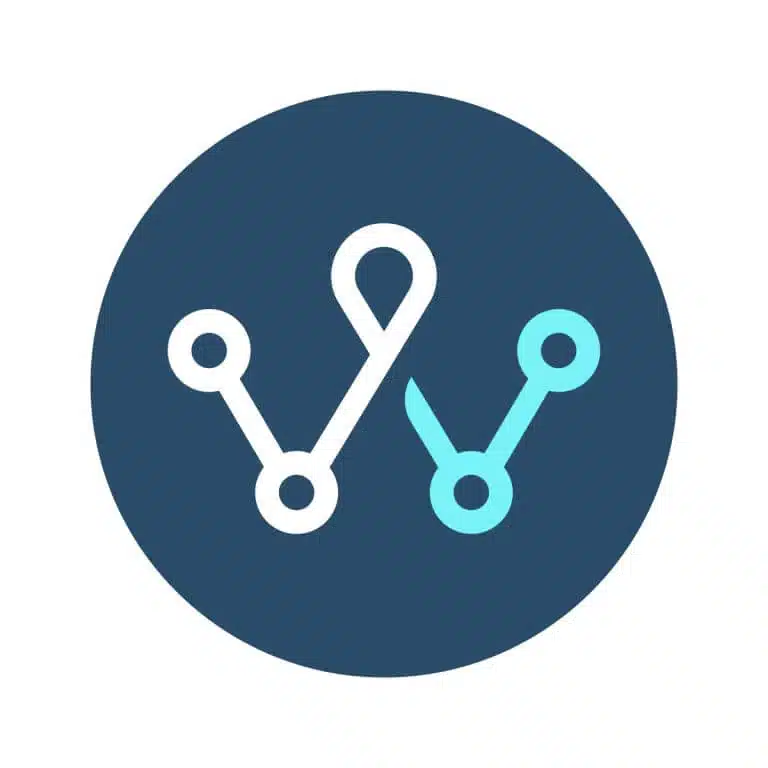Every software solution has a finite lifecycle, whether it’s CRM, CCM, CMS, ERP, or something else. Eventually, every application will become obsolete, either because its underlying technology has become outdated, or because the organization’s business needs have changed. Like it or hate it, every IT consulting firm will tell you that software migration is a fact of life.
What is Software Migration?
Software migration is the process of transferring data, settings, and configuration information from an existing software application to a new software application. Organizations can stay competitive and relevant by remaining current with technology, and one of the most efficient methods of doing so is by migrating to the latest software applications.
Software migrations are typically driven by the fact that old platforms will suffer from not being able to run on newer hardware or operating systems. Another reason for migrating is licensing: while many vendors offer licenses allowing organizations to use outdated technology without paying any additional costs, organizations that want access to new versions may need to upgrade.
Advantages of Software Migration for Enterprise Companies
Migrating an organization’s software is a major undertaking, and it should never be taken lightly. That being said, it’s essential to keep an open mind about how it might be able to help an organization achieve its long-term goals.
Software migration can lead to significant rewards if handled correctly – and the earlier an organization starts preparing for software migration, the better off it’ll be in the long run.
Here are some of the top advantages of software migration:
1. Improved User Experience
Migrating to the latest version of a software solution typically increases end-user satisfaction because it delivers new features and capabilities that users have been asking for. Additionally, new versions often bring with them improved performance and responsiveness, which also enhances the user experience.
2. Reduced Costs
Cutting costs is one of the most obvious reasons for migrating. This applies not just to licensing fees, but in terms of overall management and upkeep expenses. Once an organization migrates from its old platforms to new ones, there will be significant cost savings from reduced labor hours spent on device support and system maintenance.
3. Enhanced Performance
Every software solution needs ongoing maintenance and support to ensure that it continues running at its best. While this is typically included in the overall cost of ownership, migrating to an updated version will often deliver improved performance because it’s been optimized to run more effectively on modern hardware.
4. Improved Security
Newer versions of software solutions are typically equipped with enhanced security features, so migrating to them can help strengthen an organization’s overall information protection. This can lead to better results when meeting compliance requirements and other regulations involving data privacy and data security.
5. Improved Return on Investment (ROI)
Technology investments should always generate a good ROI, and migrating can help make that happen. Adopting new technology can ensure that an organization has the right tools to meet its long-term needs, not an outdated system that’s costly to maintain and slow to complete tasks.
6. Improved Productivity
For any organization, being more productive is a major goal. Migrating to the newest version of an existing technology solution typically delivers improved productivity because many issues can be resolved with fewer steps and less time. This frees up time to focus on higher-value work that contributes directly to the business’s bottom line.
7. Embracing Change
Migration is often necessary if an organization wants to embrace new ways of working or adopt new technologies. Even if it’s not essential to upgrade current systems at the current time, adopting technologies more readily helps prepare businesses for the future.
8. Scalability
When an organization’s existing technology solutions don’t support the latest hardware, migrating to the latest versions will allow it to get back on track and deliver a better end-user experience. However, migration isn’t just about the hardware – it’s also about having the right tools to meet evolving needs as they arise.
9. Increased Opportunities
Technology is always evolving – but if an organization’s systems are struggling to keep up, it’ll have a hard time capitalizing on the increasing number of opportunities available. Being able to take advantage of cutting-edge developments can give businesses a real competitive edge. By taking advantage of an updated platform, businesses have more chances to explore new directions and diversify into new technologies or markets. This can help achieve expansion goals and open up new opportunities for revenue.
[blog_box_cta url=”https://waypathconsulting.com/contact-us/” button_text=”Talk to a WayPath development expert.”]Have integration questions? Get your next enterprise software project off to a running start.[/blog_box_cta]
5 Tips for the Software Migration Process
A migration project consists of many moving parts. The challenges of data management are universal, but some organizations struggle more than others. A successful migration project requires planning and strategy to ensure success, no matter the business’s size or experience with change.
If your organization is planning to migrate to new software, here are five best practices that can help you avoid the usual pitfalls that often derail migration projects.
1. Create a Migration Roadmap
Planning can make a huge difference between a smooth, fast migration, and a migration that’s riddled with rework, confusion, and mounting costs. Never initiate a project without a proper plan. In your plan, identify what “success” will look like. Establish performance baselines and Key Performance Indicators (KPIs) to determine the acceptable performance levels in the future (post-migration). Also, identify and highlight potential areas of difficulty and risks. This information will make you more aware of what to aim for, and where problems may crop up.
2. Assess Current Inventory
Before starting the migration, understand what you need to move, why, with what priority, and what its potential business impact could be. Engage an IT Consulting Firm if you’re not sure where to start. Identify the various connections and inter-dependencies between processes, systems, devices, and data, and document everything so you don’t miss anything once the migration actually starts.
3. Clarify the Process
Understanding the process in advance and how each step fits into the broader plan can minimize surprises, and prevent costly misses or rework.
Clarify what the process will entail and if there are any interconnections between each step. Specify who will be responsible for each step or activity. E.g., do you need a “migration architect” to lead the effort? Who will make the technical, design, and business decisions? Who will manage the post-migration environment? Finally, outline key milestones to keep each activity (and person) on track.
4. Establish Your “Cross-functional” Migration Team
If your migration project is likely to affect more than one department, you must involve a representative from each of these to champion the change. These representatives can act as the bridge between the migration team and ground staff to ensure that all necessary information, knowledge, concerns, etc. are shared whenever relevant. They can also help make the migration smoother, and increase the chances that it will yield the expected Return in Investment (RoI).
5. Test Before You Go Live
No matter how constrained your migration timeline or how well you planned the process, you should always perform testing before go-live. Even if checking for every functionality or piece of data is time-consuming or cumbersome, it can prevent more serious issues later, so don’t skip this step. With rigorous testing, you can identify unanticipated issues, find performance gaps, and take steps to fill them before the new environment goes live.
Another practice recommended by IT Consulting firms: consider keeping the old software active for a while after go-live. This will provide a useful fallback option in case the new software doesn’t function as expected.
How WayPath IT Consulting Firm Can Help with Enterprise Software Migrations
Depending on what you need to migrate and the environments involved, your migration project can become very complex very quickly. That’s why the process is best undertaken with a trusted partner. The migration experts at WayPath Consulting, a well-known IT consulting firm, can help your organization plan and execute your critical software migrations – efficiently, effectively, and with minimal fuss. Let’s discuss your project. Visit our website or call +1-804-368-6226.




